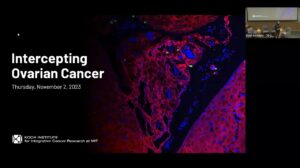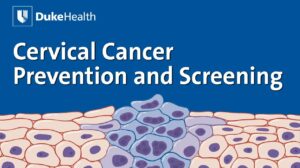NEW YORK (Reuters Health) – Women who are positive for human papilloma virus (HPV) and have low-grade cervical cytological abnormalities but normal colposcopic findings are at low risk of developing high-grade cervical intraepithelial neoplasia (CIN), and can be safely checked at routine screening intervals, a UK team has shown.
Dr. Sue Moss, with the Institute of Cancer Research in Sutton, Surrey and colleagues point out in BJOG published online May31 that most studies evaluating the risk of high-grade disease after a negative colposcopy were conducted before HPV testing. “Consequently women who are HPV-positive but colposcopy negative represent an interesting subgroup that merits further investigation.”
To do so, the researchers conducted a retrospective follow-up study of data from pilot studies that originally evaluated the strategy of triaging women with borderline or mild dyskaryosis for colposcopic examination on the basis of a positive HPV test. The current study focuses on a subset of 1063 women who were HPV-positive but had negative colposcopy findings.
The cumulative rates of CIN2 or worse at 1, 2, 3 and >3 years after negative colposcopy were 1.7%, 3.7%, 4.4% and 5.3%, respectively, according to the report.
Furthermore, “At each time-point the rate of CIN2+ and CIN3 was higher in women aged 35–64 years compared with those aged 20–34 years, but this was not statistically significant,” the investigators found.
Dr. Moss and colleagues comment that from both a psychological and economic standpoint, it would be preferable for HPV-triaged women with negative colposcopy to be returned to cervical screening at the routine interval of every 3 years. “The risk of high-grade disease in this group at 3 years after a negative colposcopy is sufficiently low to permit this,” they conclude.
Reference:
Incidence of cervical intraepithelial neoplasia grade 2 or worse in colposcopy-negative/human papillomavirus-positive women with low-grade cytological abnormalities
BJOG 2011.




